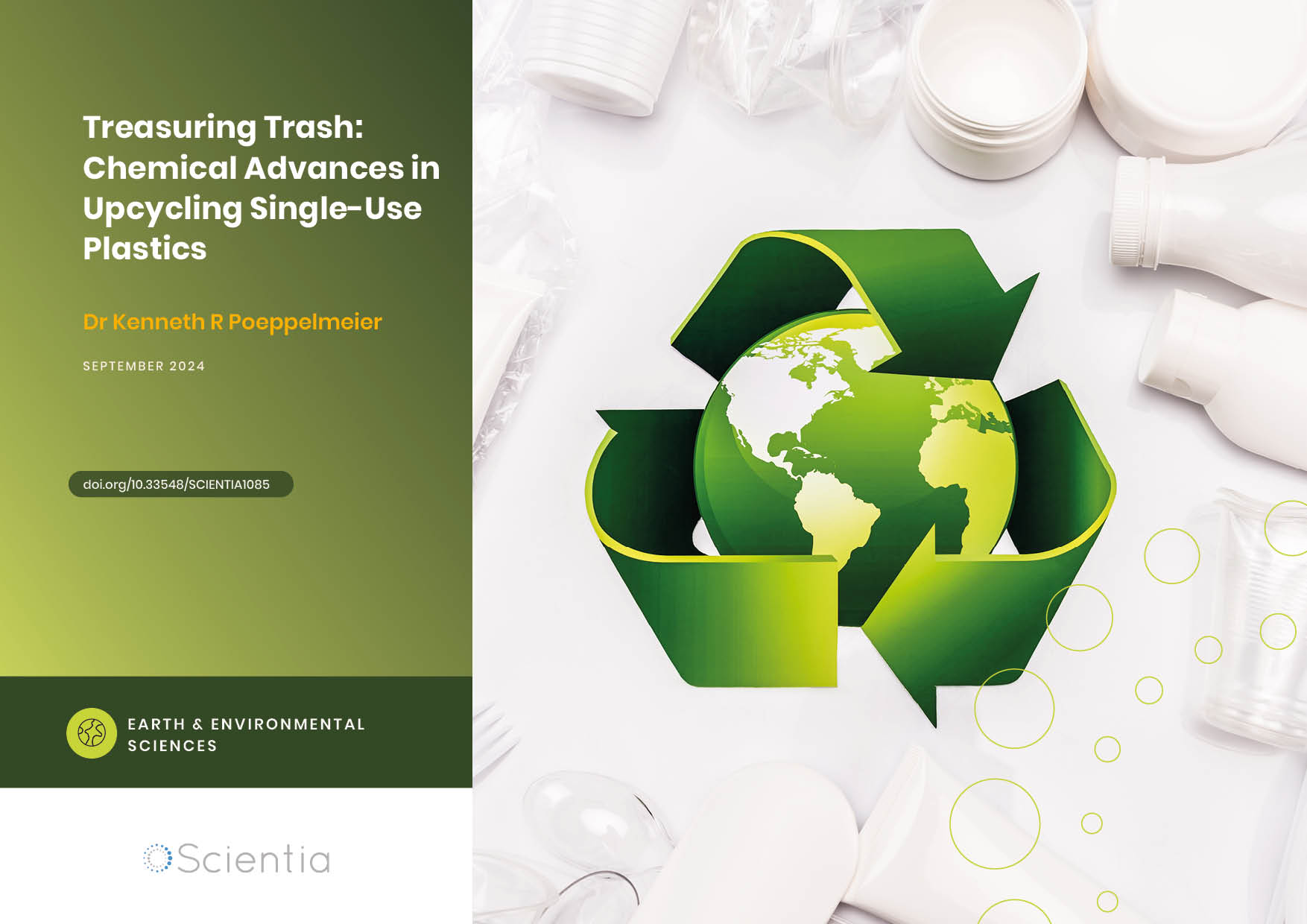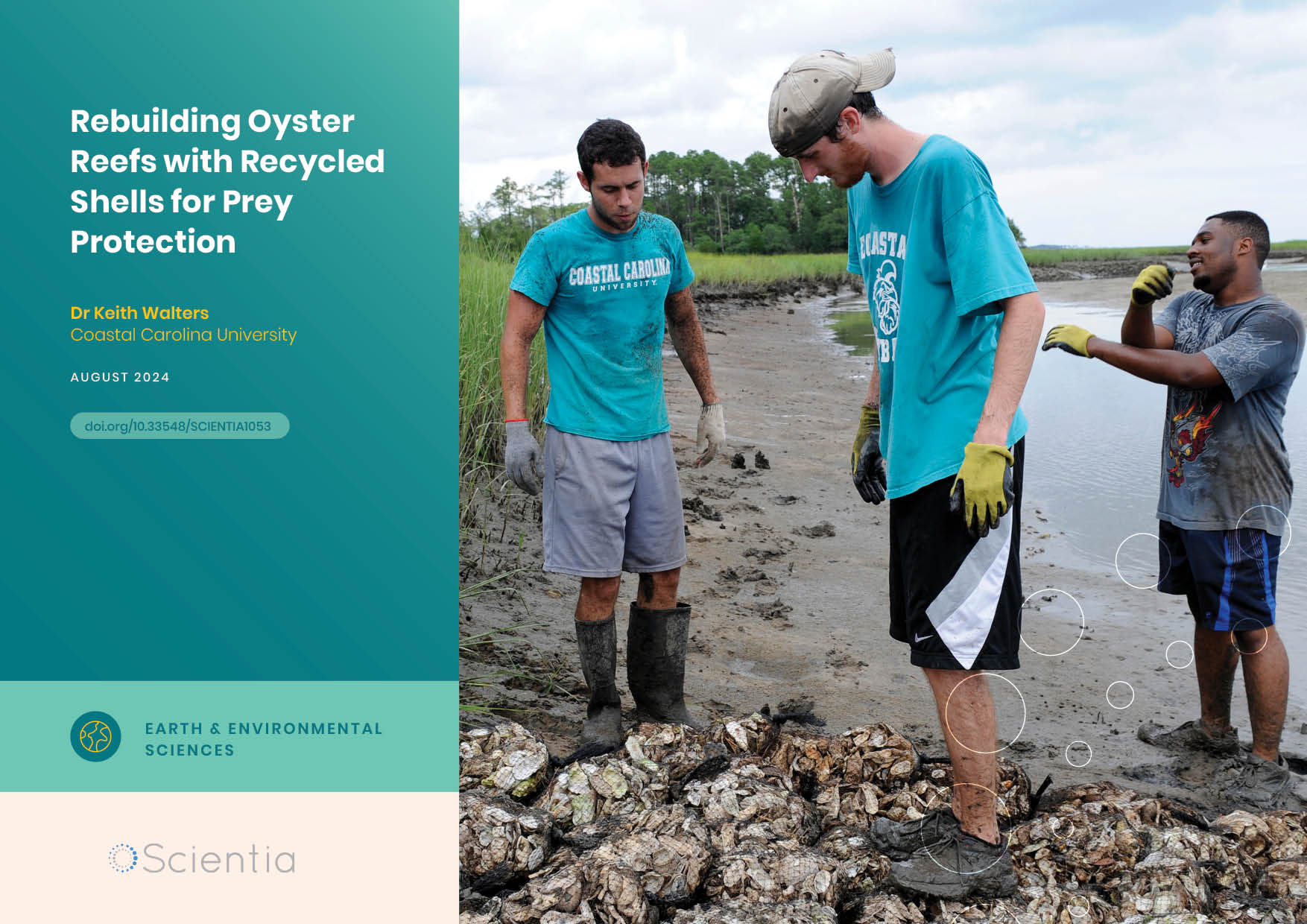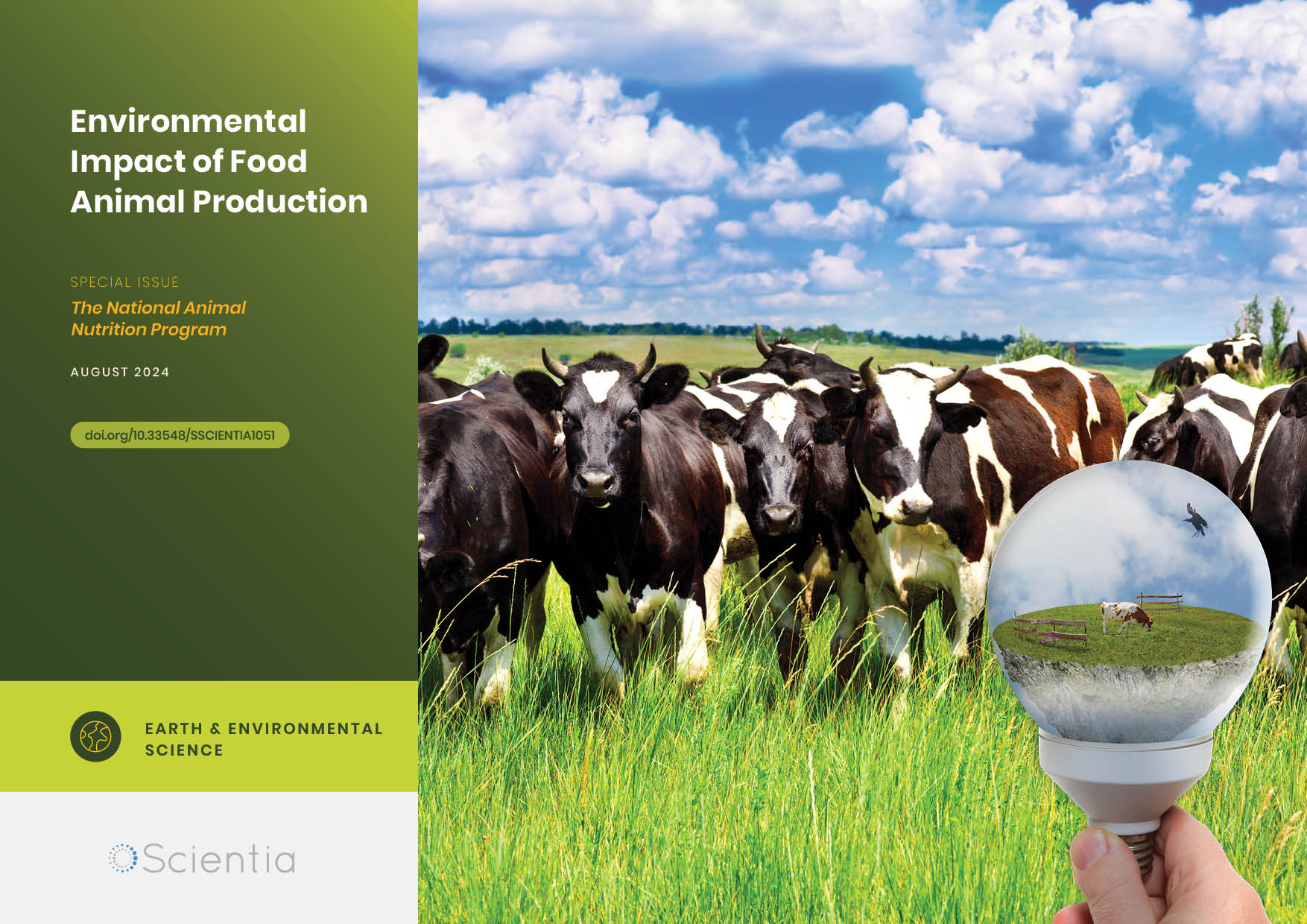Dr Jennifer Brandon – Dr Christopher Verlinden | A New Approach for Detecting Oceanic Microplastics in Real Time
Microplastics are tiny pollutants threatening our oceans and marine life. Current approaches to detect them are time-consuming and expensive. Oceanographers Dr Jennifer Brandon and Dr Christopher Verlinden from Applied Ocean Sciences (AOS) in the USA have developed a game-changing sensor that can swiftly detect and analyse microplastics, cutting through the existing time and cost barriers.
Microplastics: Small but Hazardous
Microplastics are hazardous small particles, measuring less than 5 millimetres in size, either manufactured or resulting from the breakdown of larger plastic debris. They can be found discarded in a wide range of environments, such as oceans, rivers, lakes, soil, and even in the air, where they persist for long periods. These particles raise significant concerns as they accumulate toxins and are ingested by aquatic organisms, potentially entering the food chain, posing risks to ecosystems and human health. Moreover, they can have negative economic impacts on the fishery, shipping, and tourism industries.
Over 90% of oceanic plastic pollution consists of microplastics. While various sensing approaches for microplastic detection in oceans exist today, they still face numerous limitations, including long sensing times, high false detection rates, and expensive equipment, which hinder their effectiveness in detecting these plastic pollutants. There is an urgent need for direct, rapid, accurate, and affordable sensing techniques for microplastics if we are to improve environmental conditions.
An Ultra Plastic Sensor to Address Detection Challenges
Scientists at Applied Ocean Sciences (AOS) in Springfield, USA, led by Dr Jennifer Brandon and Dr Christopher Verlinden, propose a novel sensor device that could work wonders in solving the pressing issue of microplastic detection in water samples.
Current methods of collecting microplastics involve taking water samples and transporting them to laboratories for analysis. However, this process is laborious and time-consuming, leading to backlogs in many microplastics research facilities due to workforce shortages. Moreover, analysing these samples requires manual techniques such as density separation or filtration, followed by spectral analysis using advanced methods like Raman spectroscopy or fluorescence microscopy.
Unfortunately, these methods are not only tedious but also limited in their applicability, often working effectively only in specific oceanic regions, typically near research institutions or heavily contaminated subtropical areas. As a result, vast ocean areas remain unexplored and unrecorded for microplastic content, which hinders effective remediation strategies.
In response to these challenges, AOS has proposed a cutting-edge sensor capable of detecting microplastics in real-time, directly in water samples (in situ). This innovative device promises to revolutionise microplastics research by significantly reducing sampling time and enabling exploration of previously understudied ocean areas and water columns. Its portability and ability to be carried on exploratory ships will make it a sought-after technology for microplastics researchers and climate organisations.

What makes the Ultra Plastic Sensor So Impressive?
The new proposed sensor is powered by ultrasonic frequencies, flow through capability, and machine learning expertise, streamlining sample processing. It utilises ultrasound technology, which has proven efficient in detecting microparticles in medical and field research requiring non-destructive inspection. When a sound wave matches a bubble size, it changes its compression. Similarly, microplastics in seawater are expected to respond to sound waves based on their size and composition. This technology has not been previously utilised in microplastic detection, making the proposed device revolutionary.
AOS researchers now plan to analyse different types of ultrasonic data to identify patterns related to plastic concentrations. By collaborating with university researchers and monitoring programs, they are working to develop a prototype best suited to accurately measuring plastic levels in water using sound waves.
While an in situ ocean plastic sensor is not yet commercially available, other research groups are also developing devices to address current challenges. For example, researchers at Northeastern University have developed a sensor based on optical systems that collects data for analysis, measures water temperature and salinity, and can transmit it to researchers using satellites. However, it can only collect limited samples, thus limiting its in situ use. On the other hand, the AOS Ultra Plastic sensor uses an acoustic flow-through system that can be useful in monitoring large volumes of water.
Exciting Prospects and Partnerships
AOS has received National Science Foundation funding to develop this sensor and is in the process of patenting the technology. Once commercially available, they intend to sell it to government labs and monitoring groups, such as CalCOFI and the Okeanos Explorer. For most research labs, this device will be a one-time, durable purchase that includes additional replacement parts and software updates. The broad implications of this new Ultra Plastic sensor will be to accelerate the detection of microplastic pollution and help inform remediation and policy decisions regarding targeted clean-ups, fisheries monitoring, and other ecological needs.
SHARE
DOWNLOAD E-BOOK
REFERENCE
https://doi.org/10.33548/SCIENTIA1095
MEET THE RESEARCHERS

Dr Jennifer Brandon
Applied Ocean Sciences
Springfield, VA
USA
Dr Jennifer Brandon is a climate scientist and an expert in marine microplastics. She holds a PhD in Biological Oceanography from Scripps Institute of Oceanography, University of California San Diego. Her research focuses on the temporal and spatial analysis of marine microplastics, developing techniques to identify and quantify them in various environments. Notably, her ground-breaking study on the exponential increase of microplastics in marine sediment garnered global press attention and recognition. Dr Brandon’s expertise has led to numerous interviews with prominent media outlets such as NPR, The New Yorker, and the BBC. She has also served as a Price Postdoctoral Fellow in Science Communication at Birch Aquarium and has delivered hundreds of lectures, including as a National Academy of Sciences speaker. Additionally, Dr Brandon has provided valuable insights on marine debris and waste management to various companies and governments worldwide.
CONTACT
E: jennibrandon24@gmail.com
W: www.JenniferABrandon.com and https://www.appliedoceansciences.com/
X: @PlasticsJenni

Dr Christopher Verlinden
Applied Ocean Sciences
Springfield, VA
USA
Dr Christopher Verlinden is an expert in ocean acoustics, propagation physics, digital signal processing, and machine learning. He earned his PhD in Applied Ocean Sciences from the Scripps Institute of Oceanography, University of California San Diego. With a background in marine chemistry and materials science, he collaborated on developing empirical fault detection methods for composite materials. His research spans passive ocean acoustics and ocean noise analysis, with significant contributions to measuring ocean pH using acoustic propagation. With 14 years of experience in the US Coast Guard, including teaching marine pollution and environmental science, he co-founded Applied Ocean Sciences in 2019, where he serves as Senior Scientist and Chief Technology Officer. Dr Verlinden holds numerous patents for oceanographic instrumentation and maintains a TS/SCI level security clearance.
CONTACT
E: chris.verlinden@appliedoceansciences.com
W: https://www.appliedoceansciences.com/
X: @AppliedOceanSci
KEY COLLABORATORS
Dr Eeshan Bhatt, Applied Ocean Sciences
Dr Dimitri Deheyn, Scripps Institution of Oceanography
Dr Ted Argo, Applied Research Associates, Inc.
FUNDING
This project is funded through Phase I and Phase II funding from the NSF SBIR America’s Seed Fund programme.

REPUBLISH OUR ARTICLES
We encourage all formats of sharing and republishing of our articles. Whether you want to host on your website, publication or blog, we welcome this. Find out more
Creative Commons Licence (CC BY 4.0)
This work is licensed under a Creative Commons Attribution 4.0 International License. 
What does this mean?
Share: You can copy and redistribute the material in any medium or format
Adapt: You can change, and build upon the material for any purpose, even commercially.
Credit: You must give appropriate credit, provide a link to the license, and indicate if changes were made.
SUBSCRIBE NOW
Follow Us
MORE ARTICLES YOU MAY LIKE
Prof. Dr. Michelle van Vliet | Invisible Water Crisis: Water Scarcity is Affected by Complex Interactions of Water Quality and Sectoral Use
Sufficient water of good quality is vital for humankind and nature. A growing global population increases the demand for water of suitable quality. In addition, climate change and increases in extreme weather events, such as droughts and heatwaves, directly affect the availability, quality, and use of water. These three factors – availability, quality, and use – interact in complex ways. Prof. Dr. Michelle van Vliet at Utrecht University is pioneering our understanding of the drivers of clean water scarcity under global change and proposing solutions to this. With her team, she focuses on the challenge of ensuring sufficient water of suitable quality to meet human demands and ensuring healthy ecosystems in our changing world.
Dr Kenneth Poeppelmeier | Treasuring Trash: Chemical Advances in Upcycling Single-Use Plastics
The proliferation of single-use plastics, particularly polyethylene (PE) and polypropylene (PP), presents a significant environmental challenge. Of the 300-400 million tons of plastic produced annually, up to 80% is discarded, often ending up in landfills or polluting our oceans. This not only creates severe environmental hazards but also represents a massive waste of chemical energy, equivalent to approximately 3.5 billion barrels of oil yearly. In response to this challenge, Dr Kenneth Poeppelmeier of Northwestern University and his team are pioneering an innovative approach to upcycle these plastics using catalytic hydrogenolysis.
Dr Keith Walters | Rebuilding Oyster Reefs with Recycled Shells for Prey Protection
The worldwide loss of coastal oyster reefs negatively affects many organisms that rely on reefs for refuge from predators. Dr Keith Walters and his team at Coastal Carolina University created a series of reefs along the northern South Carolina shoreline using recycled oyster shells from local restaurants. Their investigations of differences in physical characteristics and predator-prey dynamics on newly created and existing natural reefs document that within a year, reef restoration provided a functional habitat for reef-reliant species, quickly reestablishing a key oyster reef ecosystem service.
The National Animal Nutrition Program | Environmental Impact of Food Animal Production
Animal food products are a vital component of the global diet, and the question of how to sustainably provide meat, milk, eggs, and fibre to an increasing world population has become a hot topic. Animal agriculture can impact the environment through pollution, greenhouse gas emissions, and the intensive use of resources such as energy and water. The National Animal Nutrition Program (NANP) Summit Committee gathered experts to share advancements in the sustainable farming of various animals used in food production and to explore the impact of climate change and the sustainability of animal agriculture.





